1965: The Soviet Ministry of Defense realized the importance of high-altitude and high-speed interceptor aircraft in future wars and decided to launch a new research plan to explore the application of nuclear power in the aviation field.
1966: The Soviet Ministry of Aviation Industry established a special research group, led by aeronautical engineer Alexander Ivanov, to begin preliminary research on the feasibility of nuclear-powered aircraft.
1968: After two years of research, Ivanov's team submitted a detailed report proving the feasibility of a nuclear-powered aircraft and proposing a preliminary design.
1969: The Soviet government approved the project, officially establishing it as "Project 3566" (Atomic Eagle), and Nikolai Kuznetsov was responsible for the research and development of the entire project.
1970: The design team completed the preliminary design and began ground simulation testing and wind tunnel experiments.
1971: Under the leadership of Leonid Vasilyev, the miniaturized design of the nuclear reactor was completed and related safety tests began.
1973: The first prototype "Atomic Eagle” began to be assembled at the Novosibirsk Aircraft Manufacturing Plant.
1974: The prototype is assembled and undergoes a series of ground tests, including engine commissioning and system integration testing. Early
1975: The prototype undergoes final adjustments and optimizations and is prepared for its first flight by test pilot Igor Markov. May 1,
1975: At Ramenskoye Airport in the Soviet Union, the "Atomic Eagle" prototype made its first flight. The flight lasted 30 minutes and successfully verified the basic flight performance of the aircraft. The prototype underwent a series of flight tests from 1975 to 1977, including high-speed flight, high-altitude flight and weapons system testing. The test was conducted by Anna Svetlana, who was responsible for data analysis and flight performance evaluation.
1978: Based on the test results, the design team made a series of improvements to the prototype to improve flight performance and system stability.
Note: This is just a trial version. I will release the full version after it is perfected.
Specifications
General Characteristics
- Created On Android
- Wingspan 51.6ft (15.7m)
- Length 84.6ft (25.8m)
- Height 21.0ft (6.4m)
- Empty Weight 29,275lbs (13,279kg)
- Loaded Weight 66,166lbs (30,012kg)
Performance
- Power/Weight Ratio 16.099
- Wing Loading 59.2lbs/ft2 (289.2kg/m2)
- Wing Area 1,117.0ft2 (103.8m2)
- Drag Points 8253
Parts
- Number of Parts 119
- Control Surfaces 6
- Performance Cost 844

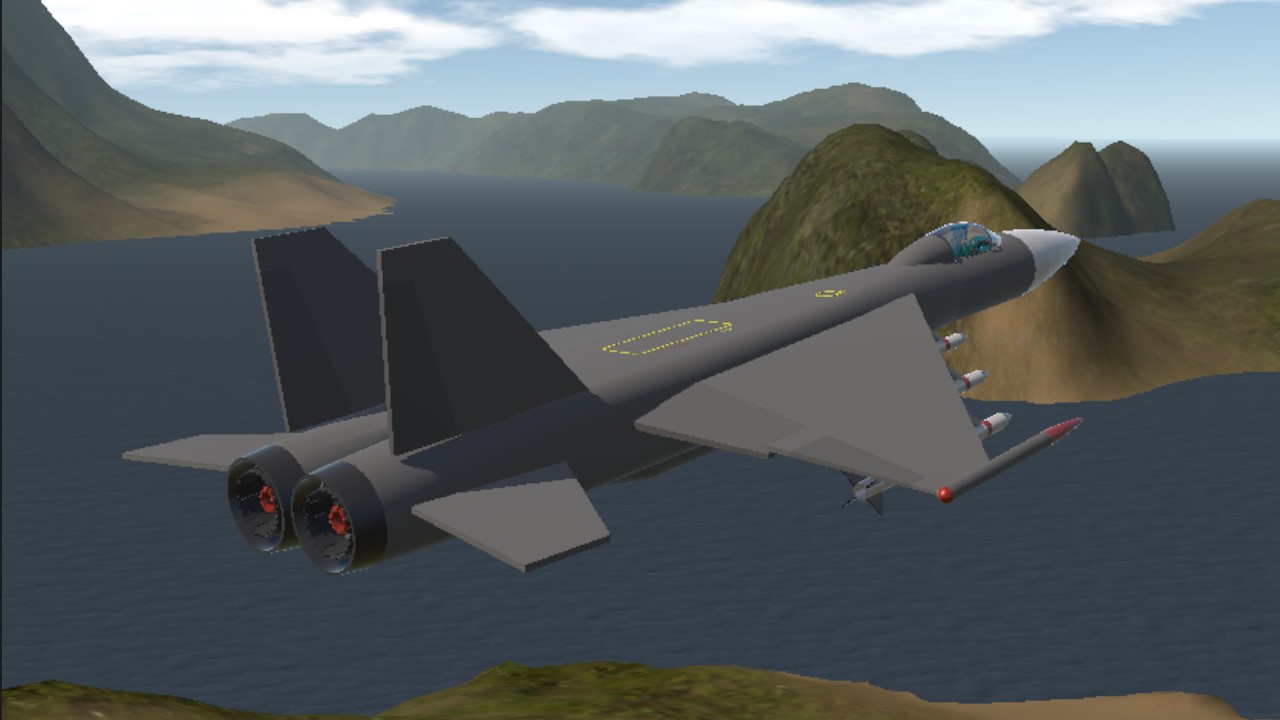
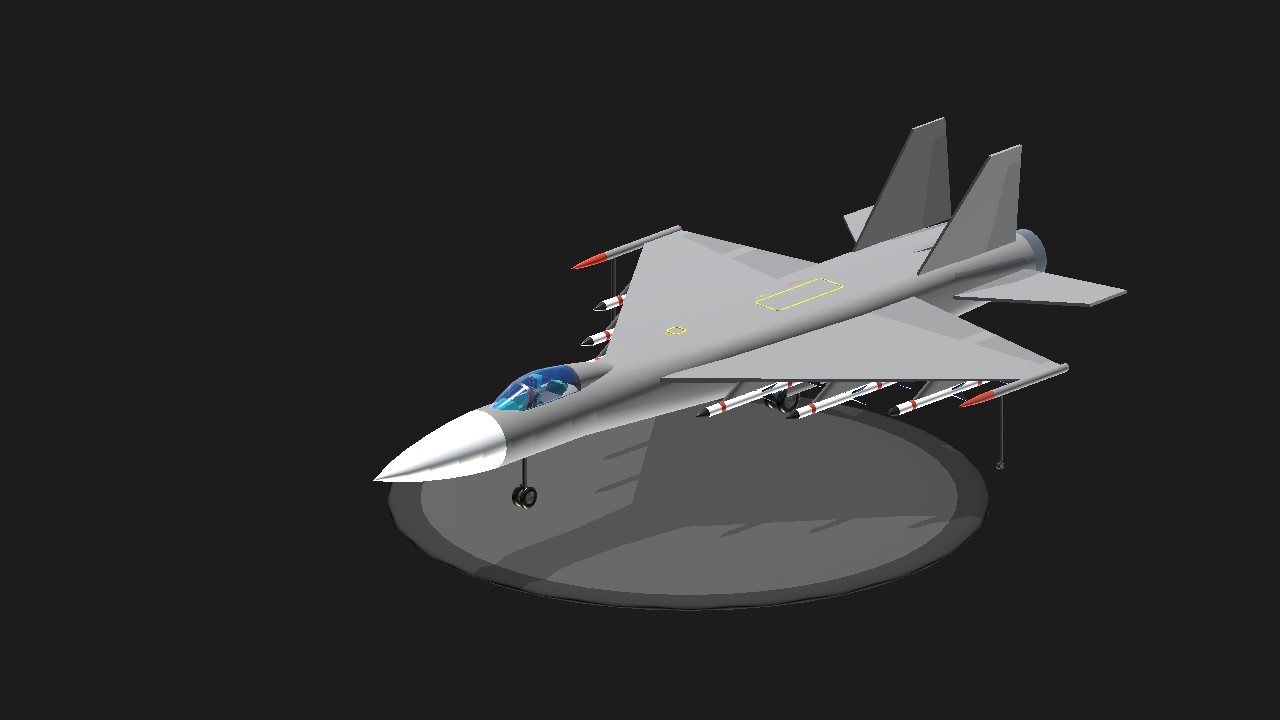
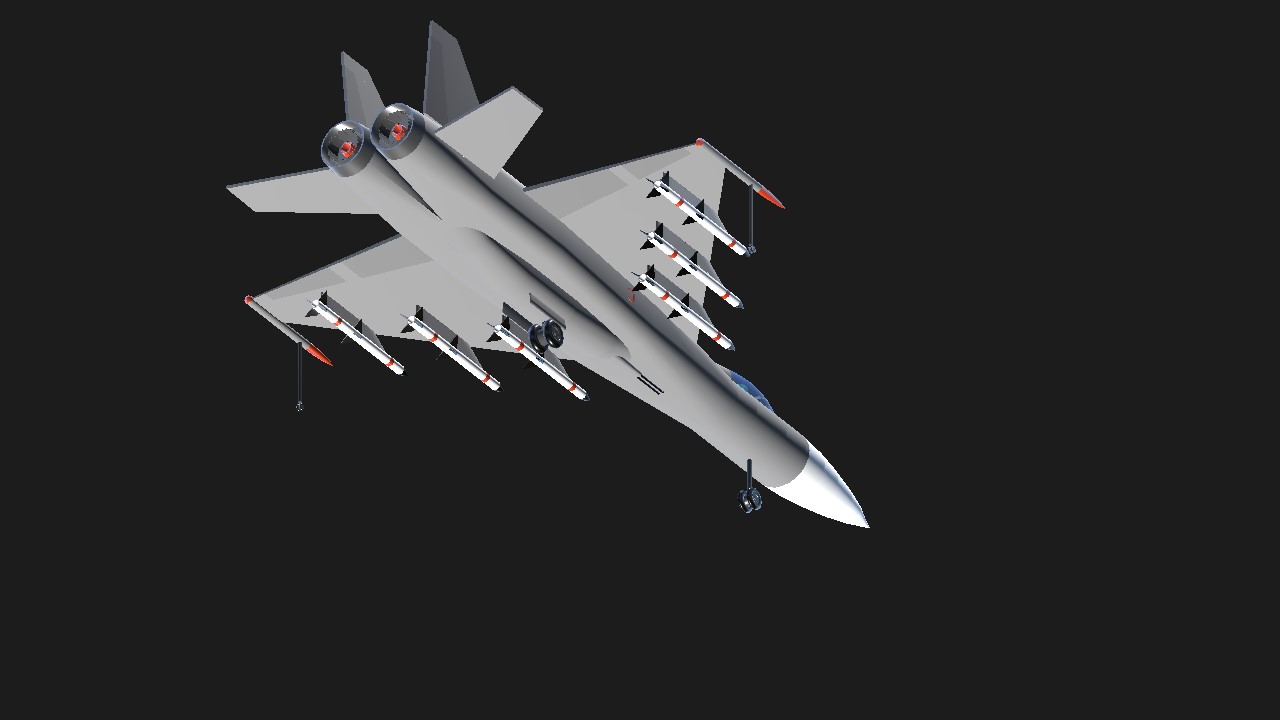

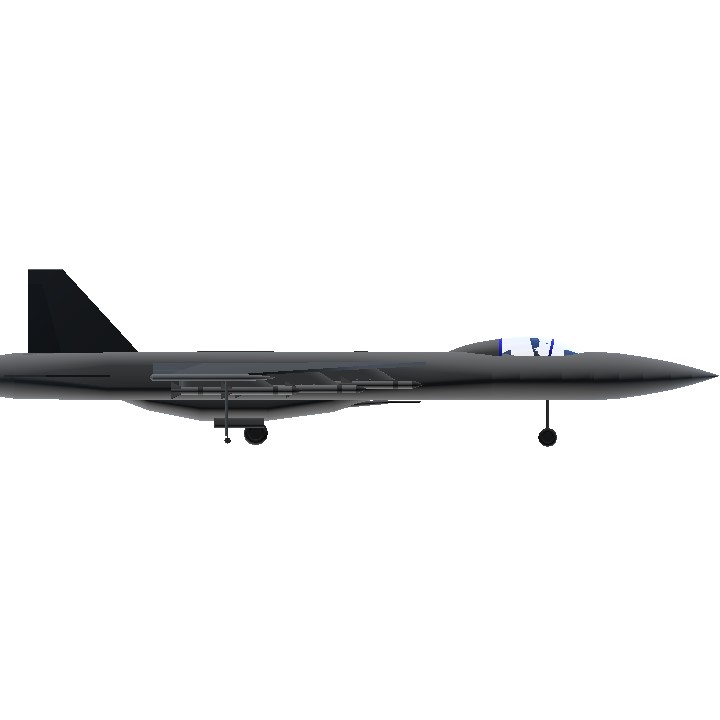
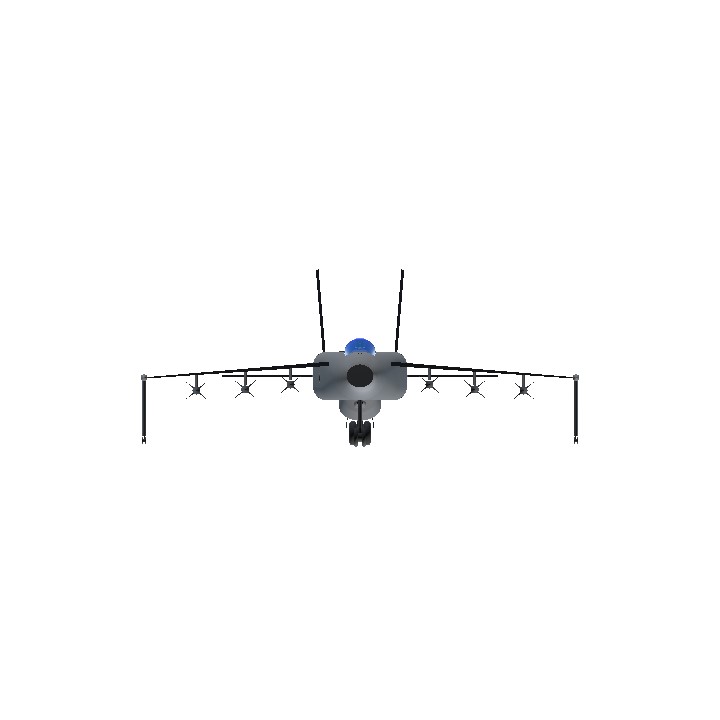
Here are all the 5 upvoted for your entry to my challenge